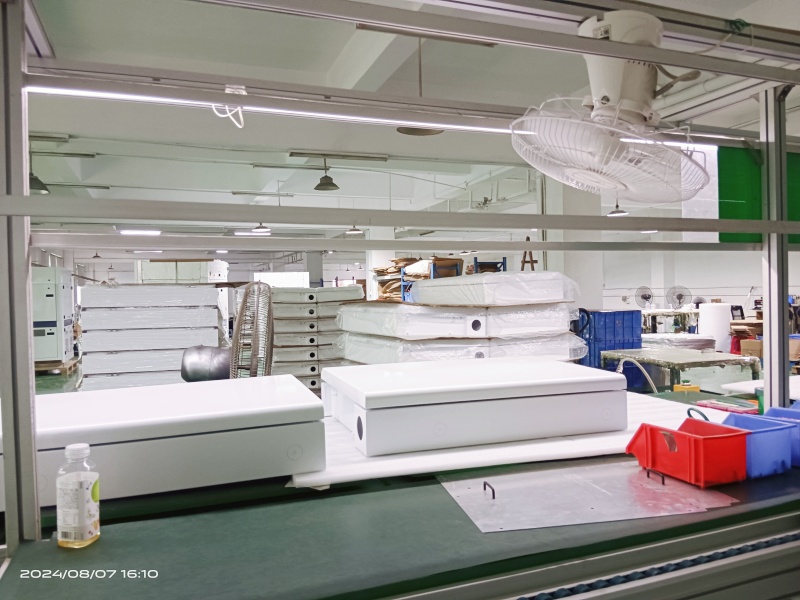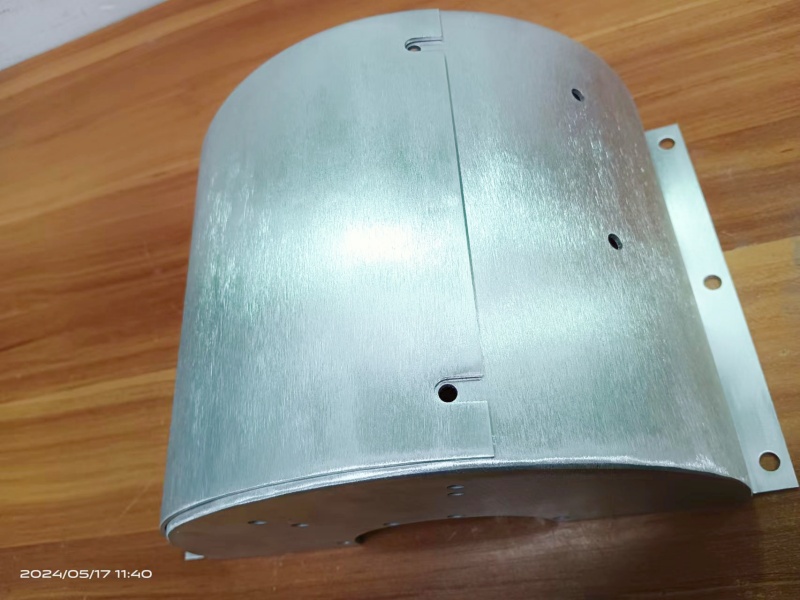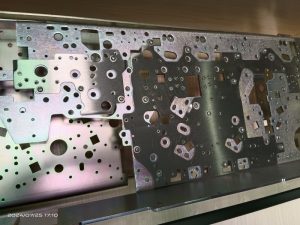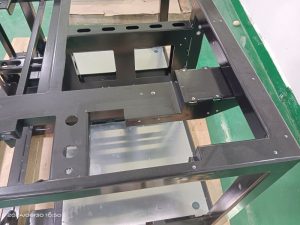
Sheet metal forming processes
Sheet metal forming processes involve deforming metal sheets into desired shapes without removing material, allowing for the creation of various components used in industries like automotive, aerospace, construction, and more. These processes utilize various techniques to stretch, bend, and mold the sheet metal into specific forms. Here are some of the most common sheet metal forming processes:
1. Bending
Description: This process involves deforming the sheet metal along a straight axis, creating an angular bend.
Tools: Press brakes, bending dies, and rollers.
Applications: Used to create parts like brackets, enclosures, and panels.
2. Deep Drawing
Description: In deep drawing, a sheet metal blank is drawn into a die cavity using a punch, creating a hollow shape (e.g., a cup or cylinder). If the depth exceeds the diameter, it’s considered “deep” drawing.
Tools: Dies, punches, and hydraulic presses.
Applications: Common in the manufacturing of automotive components, cans, and kitchen sinks.
3. Stamping
Description: Stamping involves pressing the metal sheet between a die and a punch to create various shapes, cuts, and holes.
Types of Stamping: Blanking, embossing, coining, and flanging.
Applications: Used to produce items like automotive parts, electronic components, and household appliances.

4. Roll Forming
Description: Roll forming involves gradually bending a long strip of metal through a series of rollers to produce a continuous profile or cross-section.
Tools: Roll forming machines with multiple rollers.
Applications: Used for making long products like gutters, metal roofing, and structural sections.
5. Stretch Forming
Description: In this process, the metal sheet is clamped at the edges and stretched over a form or die to create large curved shapes.
Tools: Stretch forming machines and dies.
Applications: Often used in aerospace for creating large panels and fuselage parts.
6. Spinning
Description: Metal spinning involves rotating a metal disk and shaping it over a mandrel using a tool, producing symmetrical parts like cones and cylinders.
Tools: Lathes, spinning tools, and mandrels.
Applications: Common in making parts like light fixtures, cooking pots, and rocket nose cones.
7. Hydroforming
Description: Hydroforming uses a high-pressure hydraulic fluid to press metal into a die, allowing the creation of complex shapes with minimal seams.
Tools: Hydroforming presses and specialized dies.
Applications: Used in automotive, aerospace, and bicycle manufacturing to create lightweight, strong parts.
8. Embossing
Description: Embossing creates raised or recessed designs on the surface of the metal sheet by pressing it between a male and a female die.
Applications: Often used for decorative panels, nameplates, and textured surfaces.
9. Shearing
Description: Shearing involves cutting straight lines in metal sheets by applying shear force using a blade or cutting tool.
Tools: Shears, cutting dies, or laser cutters.
Applications: Used to cut metal sheets into smaller pieces before further forming or fabrication.
10. Coining
Description: Coining is a high-pressure stamping process that creates fine details or indentations in the sheet metal, often used for precision forming.
Applications: Used in producing coins, medallions, and small intricate parts.
11. Flanging
Description: Flanging involves bending the edges of the sheet metal at a right angle to form a flange, which can be used for joining parts or providing strength.
Applications: Common in automotive parts and enclosures.
Each of these processes is chosen based on the desired final product’s shape, complexity, material, and intended use. Different industries may prefer one technique over another depending on their specific manufacturing needs.
From Sheet Metal Fabrication Companies in China, china sheet metal fabrication manufacturers, china sheet metal fabrication companies – JIATONG
Click sheet metal fabrication company china or china sheet metal forming manufacturers to learn more about sheet metal fabrication services.
For all your electrical enclosures from China, contact china sheet metal fabrication factory JIATONG now.
More Stories
What is the minimum distance between sheet metal bends?
The minimum distance between bends in sheet metal is important for maintaining the material's integrity and avoiding deformation or tearing...
What is sheet metal fabrication services?
A manufacturing process involving shaping and manipulating thin, flat sheets of metal, sheet metal fabrication is used to create different...
How do I choose sheet metal material?
Mechanical Factors Important to Sheet Metal Material Selection Strength, Ductility, Corrosion resistance, Ease of manufacture.etc Choosing the right sheet metal material involves...
Ways to Cut Sheet Metal Fabrication Costs
Cutting sheet metal fabrication costs involves optimizing materials, labor, and processes. Here are effective strategies to reduce costs without compromising...
What is the manufacturing industry outlook for 2025?
The global manufacturing industry is expected to experience a recovery in 2025 after a challenging 2024. Current forecasts suggest that...
How are sheet metal parts cut?
Sheet metal cutting is a fundamental step in manufacturing, where flat metal sheets are cut into specific shapes and sizes....

